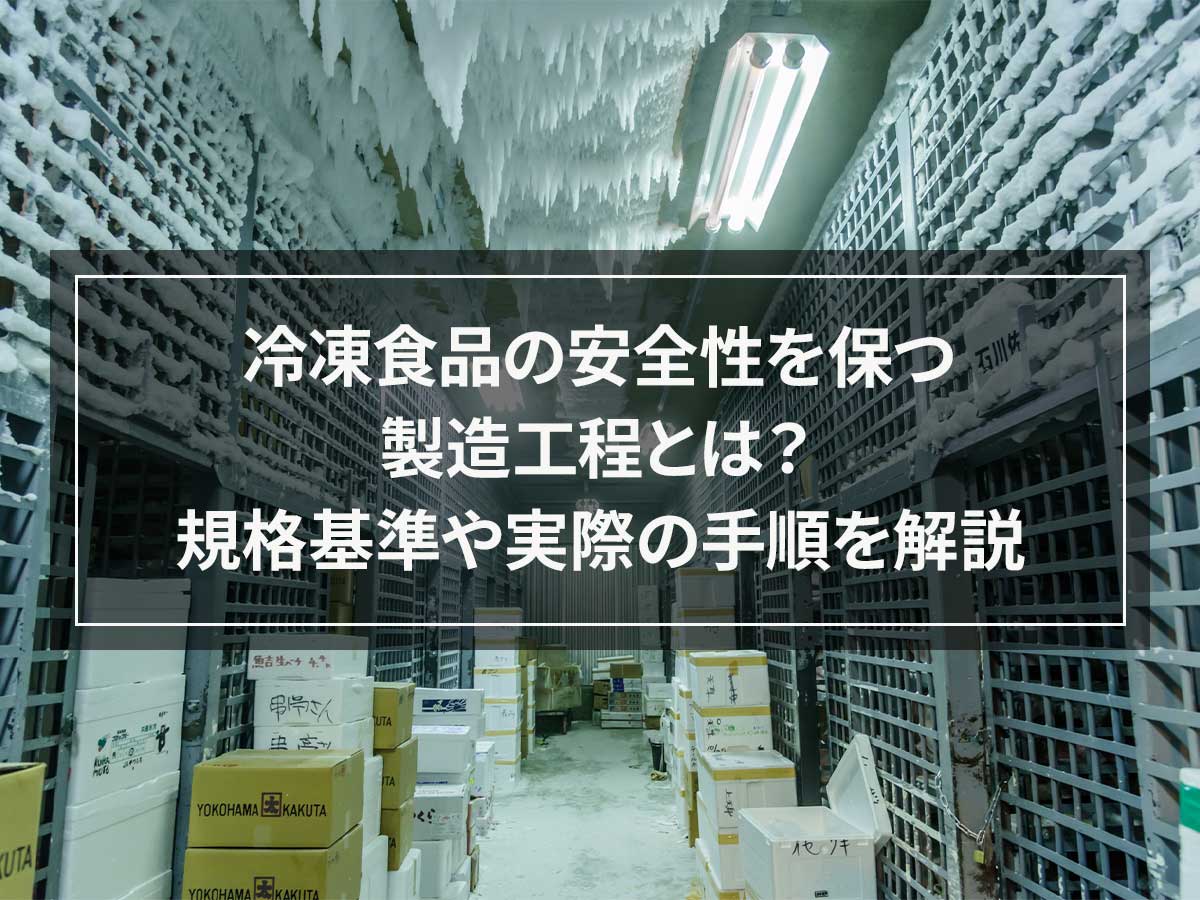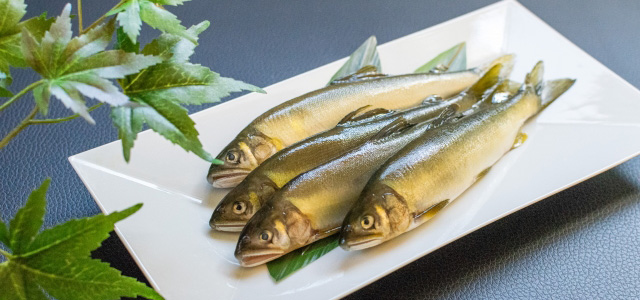How to use cutting-edge technology to solve fundamental issues in the fishing industry
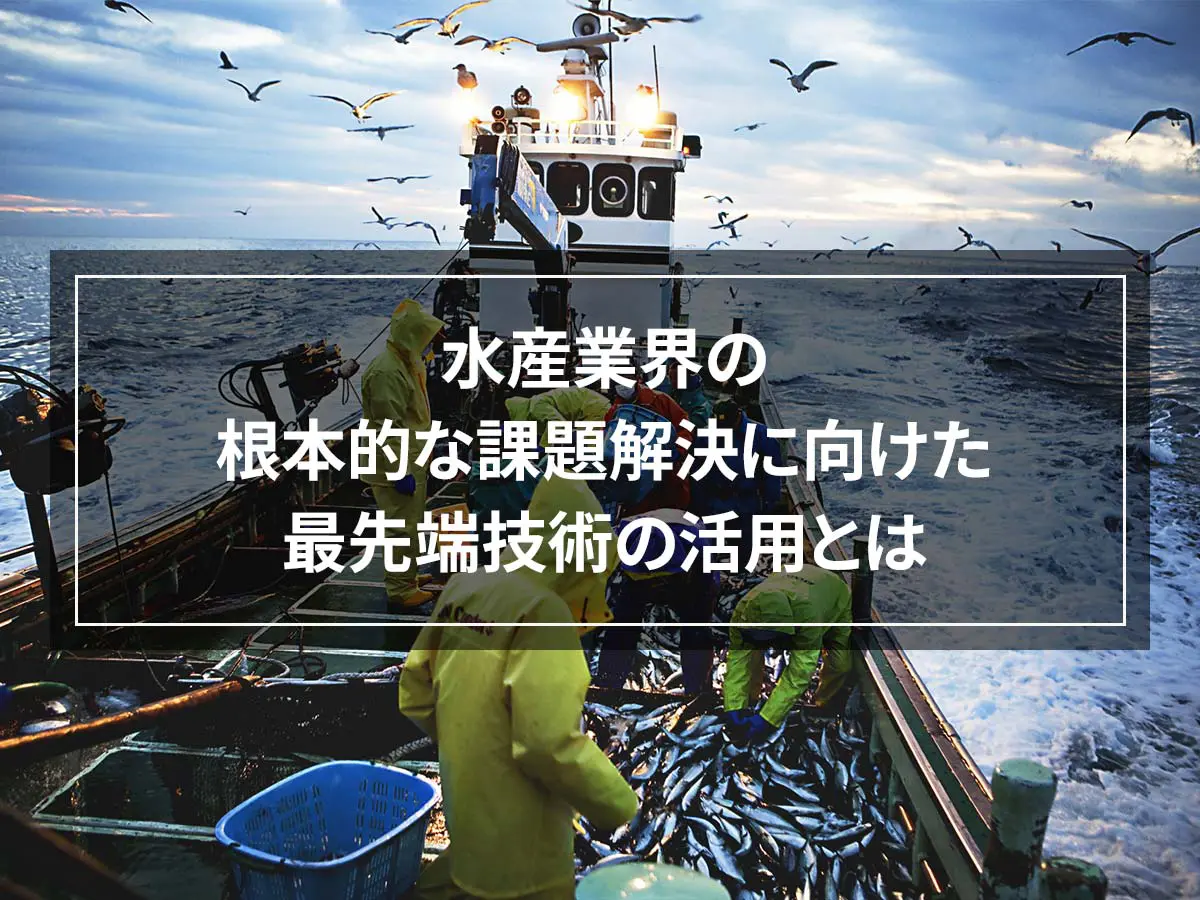
The fishing industry is easily affected by changes in the natural environment. In recent years, with the climate and seawater temperature fluctuating rapidly, the fishing environment has deteriorated and ecosystems have been disrupted, resulting in unstable catches and a number of serious issues for the fishing industry.
Improving the natural environment is extremely difficult, but by focusing on the fundamental reasons why measures to improve areas that can be improved by human effort are not progressing and coming up with new measures to address these issues, it is possible to improve working conditions in the fishing industry and resolve the issues of a shortage of manpower and successors.
This time, we will explain the current situation and challenges facing the fishing industry, and then propose optimal measures from the perspective of solving the fundamental problems in the fishing industry and utilizing the cutting-edge technology required for that.
目次
- 1. Current status and issues of the fishing industry
- 2. Fundamental issues facing the fishing industry
- fisheries industry3. "Art Lock Freezer" - the perfect rapid freezer for the
- 4 Features of Art Lock Freezer
- 5 Conclusion
Current status and issues of the fishing industry
The main issues facing the fisheries industry are declining catches, price competition due to fluctuations in demand, and a lack of successors. We will propose the root causes and solutions for each issue.
Decreasing catches and resource management
Japan's fish catch in 2020 was 3,210,000 tons in total, down 20,000 tons from the previous year. The catch has been declining year by year to nearly one-third of its peak in 1964.
The background to this problem includes the deterioration of fishing environments and overfishing.
Because the fishing industry is heavily dependent on the natural environment, efforts are being made with the cooperation of the government to conserve fishery resources by artificially balancing the ecosystem, such as by setting limits on catches and releasing farmed young fish.
Fluctuations in the seafood market and price competition
Fluctuations in seafood prices in domestic and international markets are a major challenge for the seafood industry.
According to the Fisheries Agency's Fisheries Distribution Survey, the price fluctuations of seafood products have risen across the board compared to the same month last year, with tuna at 3,370 yen per kilogram, roughly double the price, and red sea bream at 791 yen, a 47% increase.
While domestic demand for seafood is declining due to diversification of food, overseas demand for seafood is on the rise. Originally, Japanese seafood was highly regarded for its quality and traded at high prices. However, due to overfishing and other factors, the balance between supply and demand has been disrupted, and price competition with imports has intensified, making prices more likely to fall.
In response to this issue, there is a need to create a system that can better preserve the quality and freshness of seafood and provide it to the market at a fair price.
Labor shortages and working environment issues in the fishing industry
The aging of fisheries workers and the decline of young people from the workforce are also serious issues facing the fishing industry.
As is common to all industries, the main cause is a labor shortage due to a declining birthrate and aging population, but in the fishing industry, the diversification of careers is also a factor, as the hereditary system of passing management down within families is disappearing.
Labor shortages lead to work delays, reduced productivity, and employee turnover.
While efforts to improve the industry's image are important, measures to improve work efficiency and the environment are even more important given the labor shortage.
What are the fundamental issues facing the fishing industry?
As mentioned in the previous section, the fishing industry faces a variety of challenges.
It is true that, in cooperation with the government, sustainable efforts have already been made in areas such as technological development, market development, and human resource development. However, what is the fundamental reason why the problem has persisted for so long despite the government's cooperation?
I'll tell you about two possible issues.
1. The fishing industry is structured in a way that makes it difficult to make a profit
We believe that the underlying reason for the various challenges facing the fishing industry is that it is a "difficult business to make a profit in, despite the fact that it involves long hours of hard labor and tough work that puts the industry in direct conflict with nature."
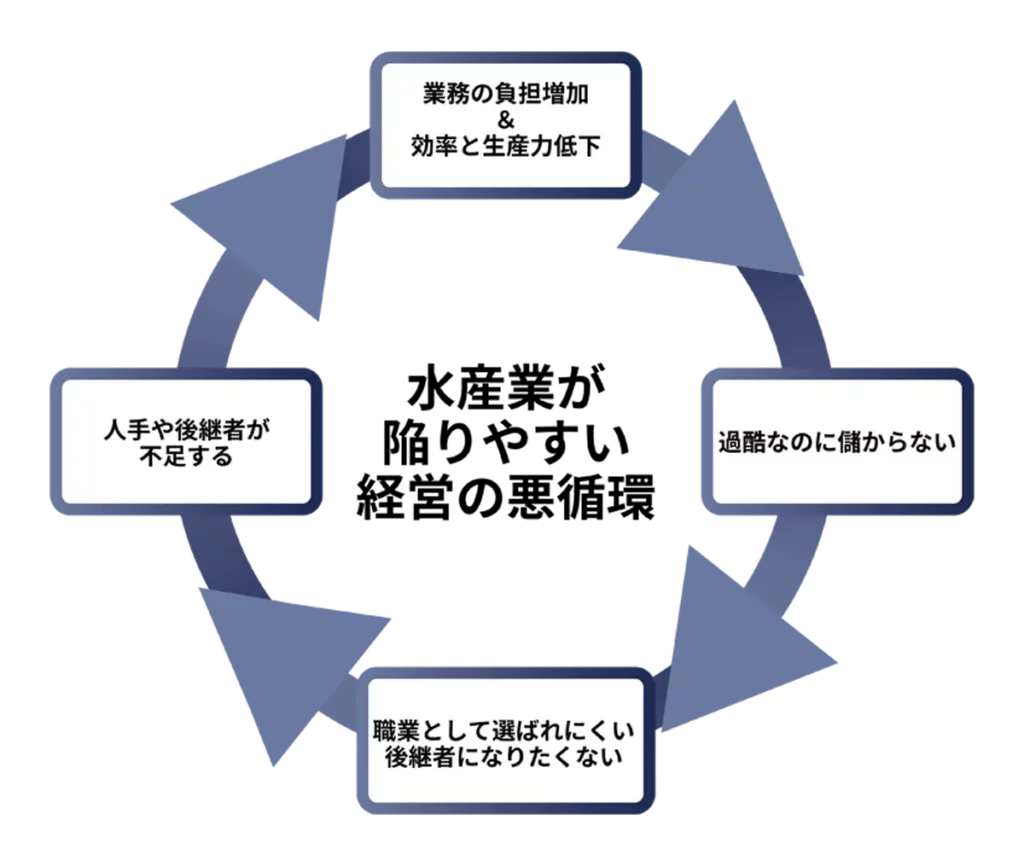
It is easy to fall into this kind of negative loop.
Transforming the fishing industry's fundamental issue of being an unprofitable business into a profitable one is also important in resolving other issues, such as labor shortages.
What is needed to make money in the fishing industry?
Making money as a business means increasing your profit margins. There are three main ways to increase your profit margins:
1. Increase sales
First and foremost, improving sales is directly linked to profit margins. In order to sell seafood at a fair price commensurate with its quality, or even higher, it is important to increase the value of the seafood.
2. Reduce costs
In addition, in order to keep costs as low as possible, which can easily put pressure on profits, it is necessary to devise measures such as reviewing purchasing plans to take into account changes in suppliers and demand.
3. Reduce waste
It is also necessary to make efforts to reduce cost rates by avoiding waste as much as possible of the seafood harvested at great expense and the ingredients procured, and by avoiding waste.
I have mentioned three points for increasing profit margins, and the technology that should be utilized to achieve these is the "rapid freezing technology" that I will introduce next.
Utilizing rapid freezing technology
In order to increase the value of seafood, for which freshness is vital, and sell it at a higher price, it would be ideal to expand the trade area while maintaining the quality of the seafood, and to create a system for distributing processed seafood in the market so that it can be easily used as an ingredient.
rapid freezing is a cutting-edge freezing technology that can freeze seafood and other ingredients while maintaining their high quality, allowing them to be stored for long periods of time and also to maintain their freshness even after thawing.

rapid freezing can extend the shelf life of food without causing deterioration such as discoloration or dripping, making it possible for the seafood industry to reduce costs and waste.
What benefits does utilizing this rapid freezing technology bring to the seafood business?
Benefits of introducing rapid freezer to the fisheries industry
rapid freezing technology has the great advantage of increasing the added value of seafood.
Freezing seafood while maintaining its freshness and flavor at a high quality allows for sales and distribution methods that are not possible with chilled products, and the increased convenience means that seafood can be sold at a higher price. Specifically, the use of freezing technology in the seafood distribution business can increase added value in the following two ways:

2. Difficulties in entering the fishing industry
Another fundamental challenge facing the fishing industry is the difficulty and high hurdles involved in entering or taking over the business.
In the fishing industry, which relies heavily on the intuition and skills of fishermen without clear standards, it takes a long time to master such tacit knowledge. In addition, if there is no prospect of profit, it is difficult for new people who want to start a fishing business or young people who want to take over the business to appear.

What is needed to make it easier to join?
How can we lower the barriers to entry into the fishing industry, which requires specialized knowledge and skills that are not easily acquired?
To put it simply, we want young people to feel that "maybe I can do this," or "it's difficult, but I want to give it a try." To achieve this, people who do not have the experience or instincts of experienced fishermen need the skills to carry out work in the fishing industry, and the "smart fishing" method that I will introduce next will enable even non-experienced fishermen to carry out fishing work efficiently.
This is a revolutionary technology that will not only make it easier for new people to enter the fishing industry, but will also enable those currently operating in the fishing industry to increase productivity and increase sales, even in the face of a labor shortage.
Introducing smart fishing
Smart fishing refers to fishing that utilizes ICT technology to collect data on fishing activities and fishing ground environments, and then utilizes that data.
Digitalizing fishing operations and personalized technology will enable labor savings in production activities and more efficient operations, thereby improving productivity.
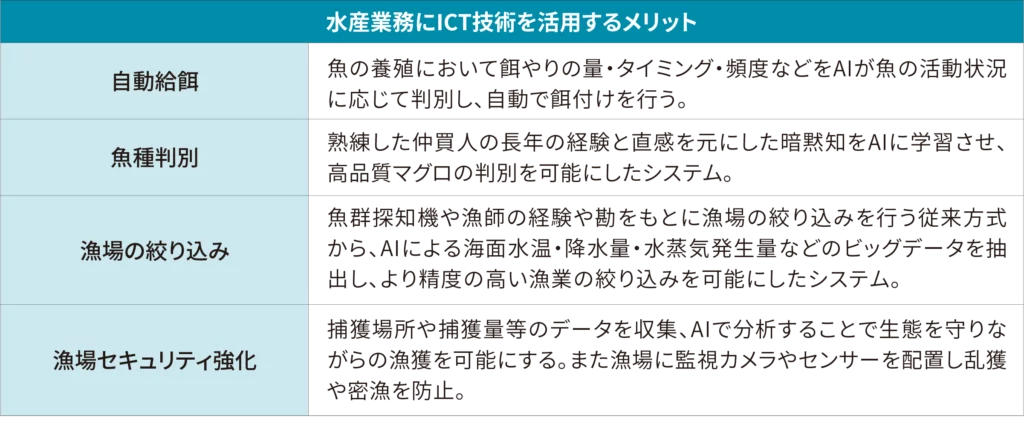
By automating these tasks through the introduction of ICT technology and AI, human labor hours and burdens can be significantly reduced, not only alleviating labor shortages and improving working conditions, but also making it easier for people with no experience to enter the industry.
As explained in this chapter, we have come to understand that the solution to many of the problems in the fishing industry lies in two fundamental issues: making the fishing industry a profitable business and lowering the barriers to entry and succession.
We have introduced two effective means to achieve this: the use of cutting-edge technologies called "rapid freezing" and "smart fishing." In this article, we will introduce in more detail the "Art Lock Freezer," flash freezer equipped with a variety of functions that maximizes the benefits of rapid freezing.
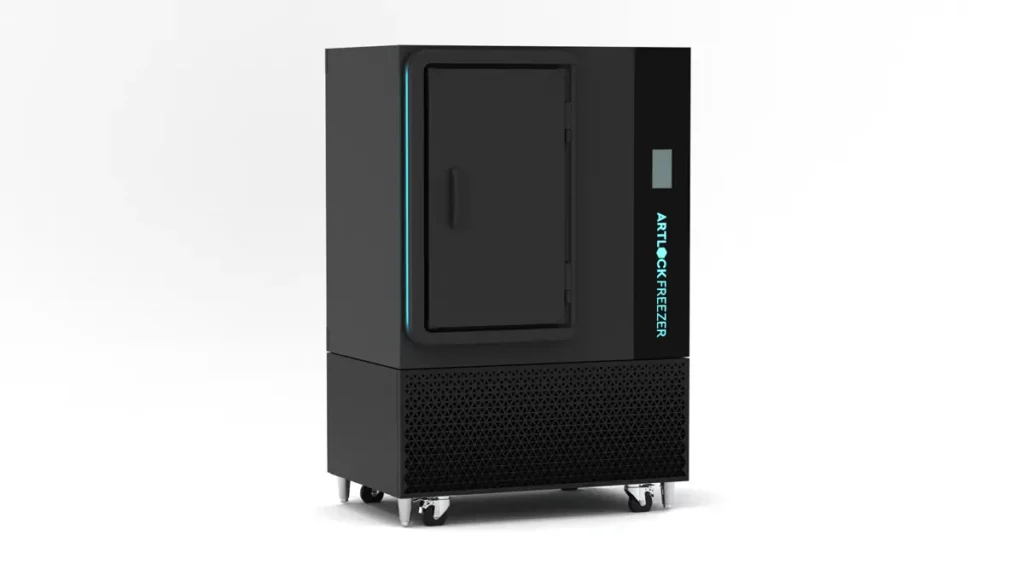
"Art Lock Freezer" - the perfect rapid freezer for the fisheries industry
We have spent 10 years researching the optimal process for freezing and thawing food, and have completed the "Art Lock Freezer," flash freezer equipped with freezing technology that does not damage food.
Conventional rapid freezer are considered to be good only if they can cool food quickly, but they have the problem of causing inconsistencies in the quality of food.
The Art Lock Freezer has the following three features that allow it to freeze any type of food ingredient or food to a high quality: It is also renowned for its high production efficiency, being able to perform freezing processing fully automatically without stopping production operations, preventing freezing failures and breakdowns, and being easy for anyone to operate.
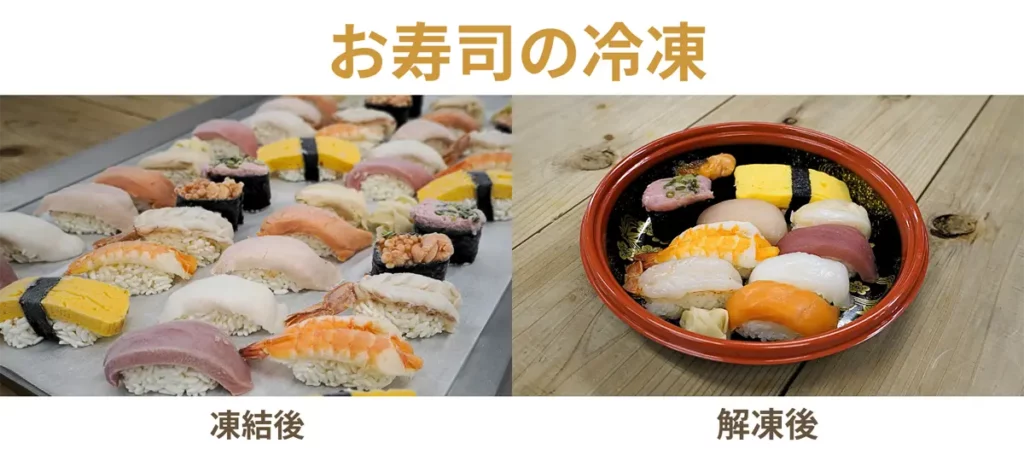
Features of Art Lock Freezer
micro
Art Lock uses a special fan to create fine cold airflow that prevents food from drying out and freezes it quickly. As a result, it achieves high-quality frozen storage without damaging the food and with almost no dripping, which is a common problem with fresh foods such as fish.
smart freeze
With the Art Lock Freezer, rapid freezing can be fully automated with automatic detection by the AI-based sensor. Simply place the food inside and close the door, and the sensor will select the optimal operation according to the quantity and quality of the food inside and perform the freezing process, making it easy to operate without freezing failures even without special skills or knowledge.
anti frost
The anti-frost system is a technology designed to prevent the condensation and accumulation of frost and ice in freezers, refrigerators, air conditioners, and other cooling systems. Conventional rapid freezer cannot operate continuously and require restarts to work, but the Art Lock Freezer can operate continuously, which is expected to significantly improve productivity.
Thanks to the high level of functionality described above, ART Lock freezers are able to achieve an overwhelmingly high level of freezing quality, making them an excellent choice for storing seafood that needs to remain fresh.
Moreover, anyone can operate it without any freezing failures, and it is rapid freezer with extremely high production efficiency, as it can maximize production capacity through continuous operation.
Conclusion
In this article, we have discussed the challenges and efforts being undertaken by the fishing industry, as well as the fundamental issues that are causing problems for the fishing industry that are becoming prolonged. By promoting the use of rapid freezing technology and digitalization in the fishing industry, we can expect to be able to maintain the quality of fishery products, increase added value, and improve workability.
Using this article as a reference, why not try utilizing rapid freezer to address the fundamental issues facing the fishing industry: ensuring profits and reducing the barriers to entry?








![[Storage period increased by 30 times! ] Achieving a stable supply of raw whitebait!](https://shunkashutou.com/wp-content/uploads/2016/11/579c55e6d32e1385c250e8e7c3ed59a71.jpg)
![[Sales increased 100 times! ] rapid freezing the signature menu “Ni-katsu sandwich”!](https://shunkashutou.com/wp-content/uploads/2016/11/IMG_02391.jpg)
![[Horse sashimi] We have significantly reduced waste loss with rapid freezer!](https://shunkashutou.com/wp-content/uploads/2016/11/5fda59d0cbcdabde18e58c3c58c09ed0.jpg)




![[Storage period increased from 3 days to half a year! ] Restaurants are expanding their business using wholesale and mail order!](https://shunkashutou.com/wp-content/uploads/2018/04/66c19942ab4ba346fdb64ccc04cde373.png)
![[Reduce loss from 200 kg of oysters to zero] Improve loss and expand business with rapid freezer](https://shunkashutou.com/wp-content/uploads/2018/06/19785ca583a8d3c4041c7c192d041b0d.jpg)
















![[Many repeat customers! ] Increase sales by mail ordering our proud curry by rapid freezing!](https://shunkashutou.com/wp-content/uploads/2018/08/S__295895302-863x10241.jpg)
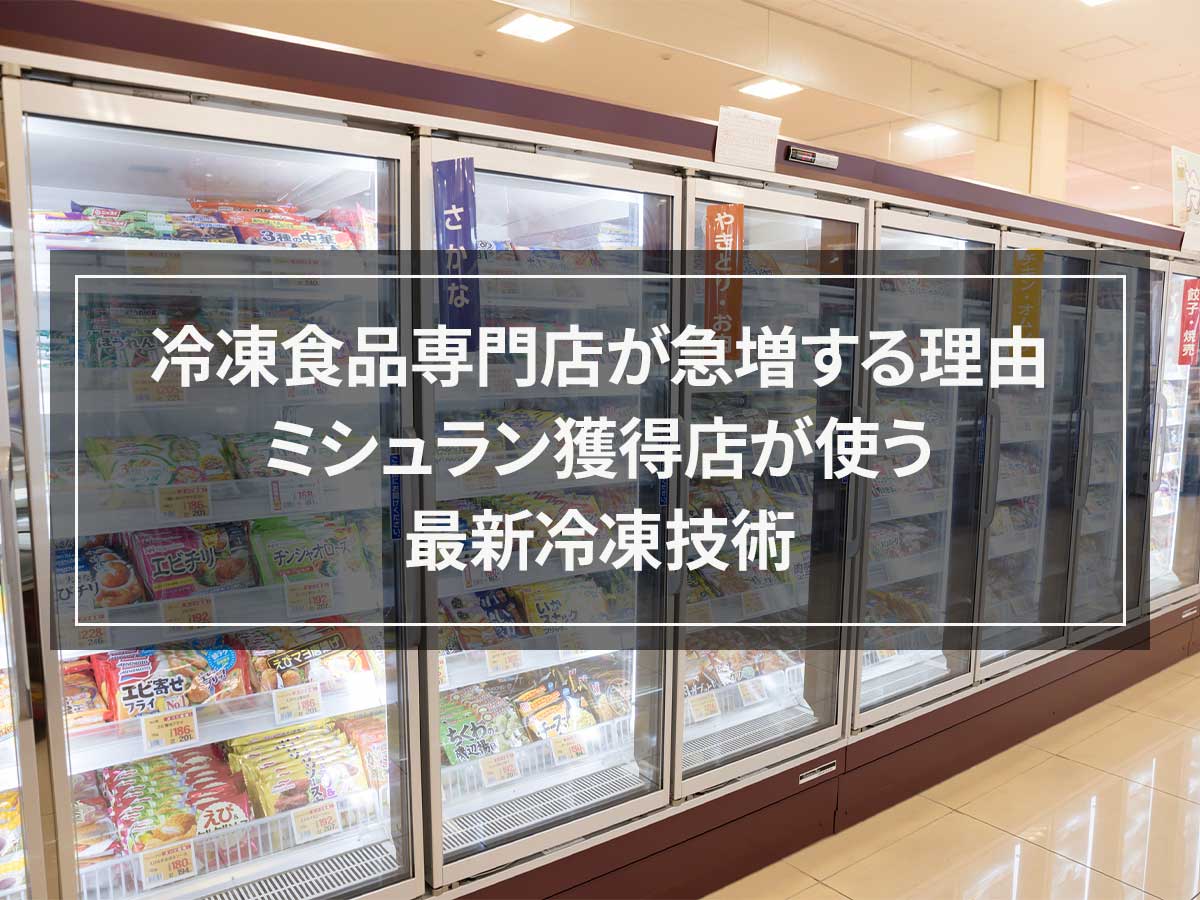


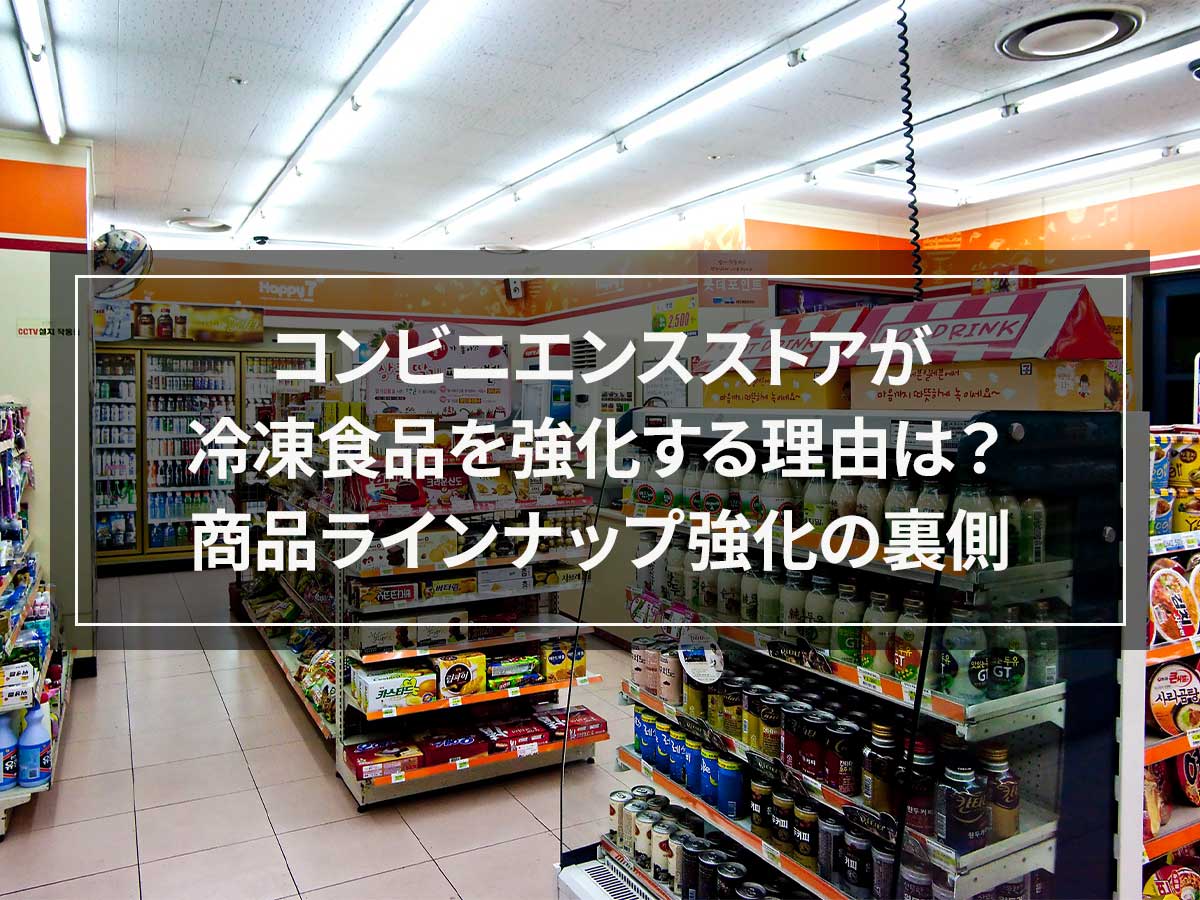
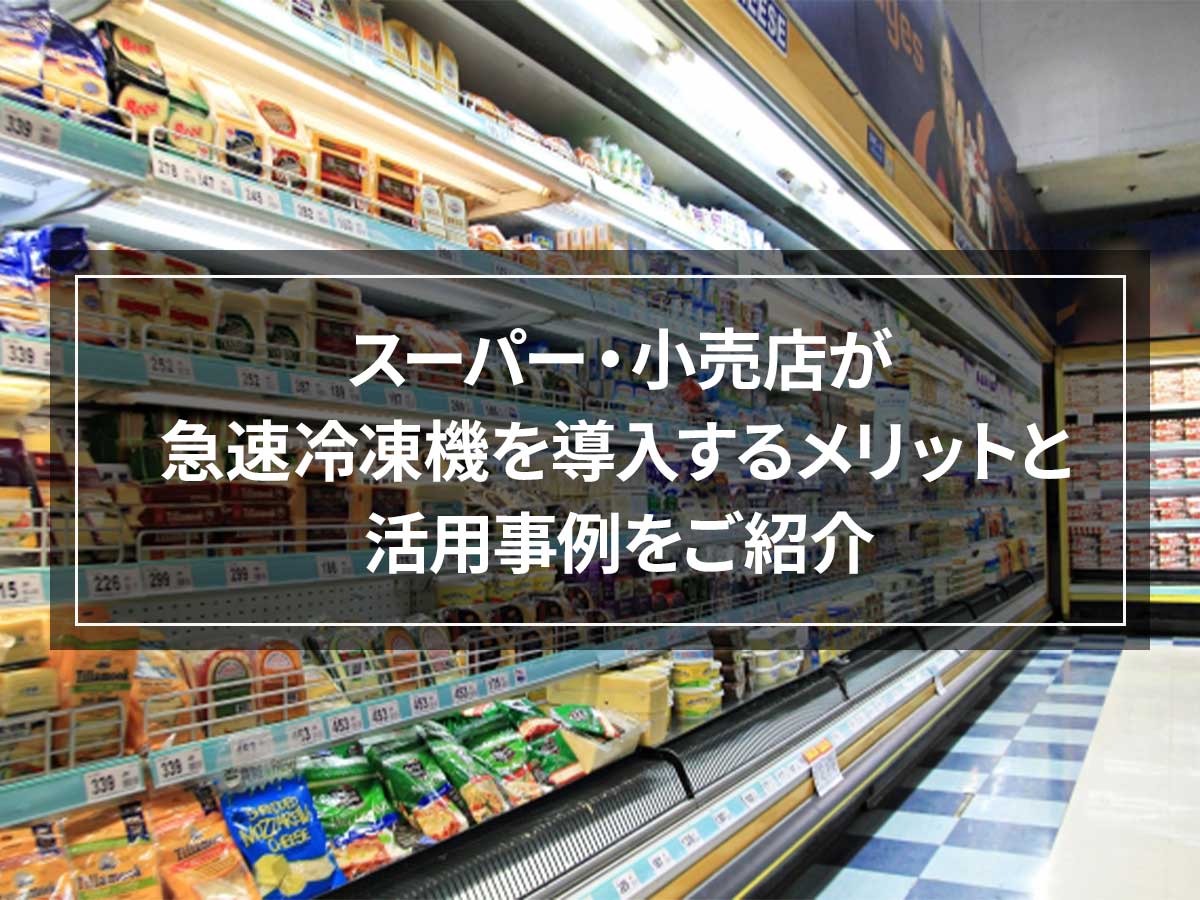

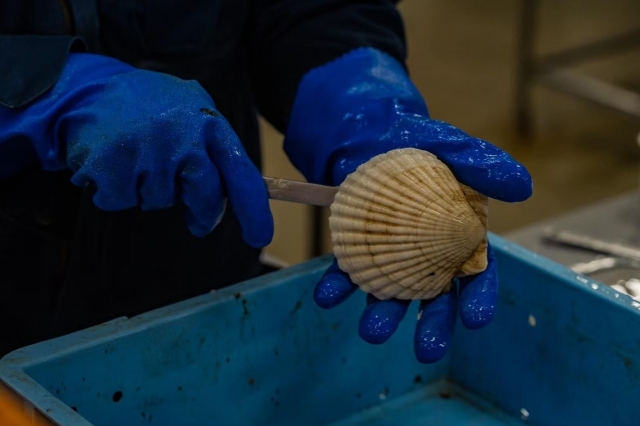
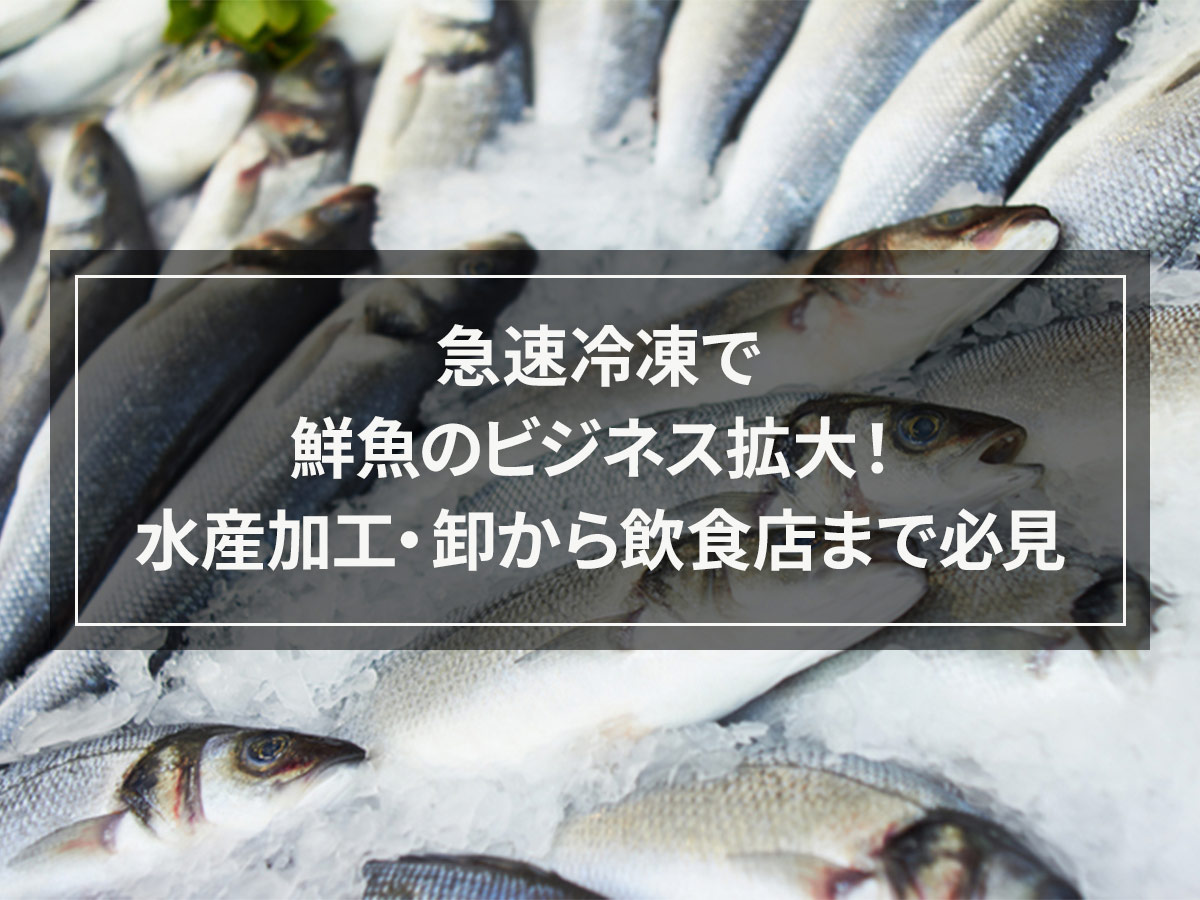
![[How to use leftover sashimi! ] Introducing frozen preservation methods and arrangement recipes](https://shunkashutou.com/wp-content/uploads/2023/10/7451dbe2231dbc559fe002350b8add67.jpg)
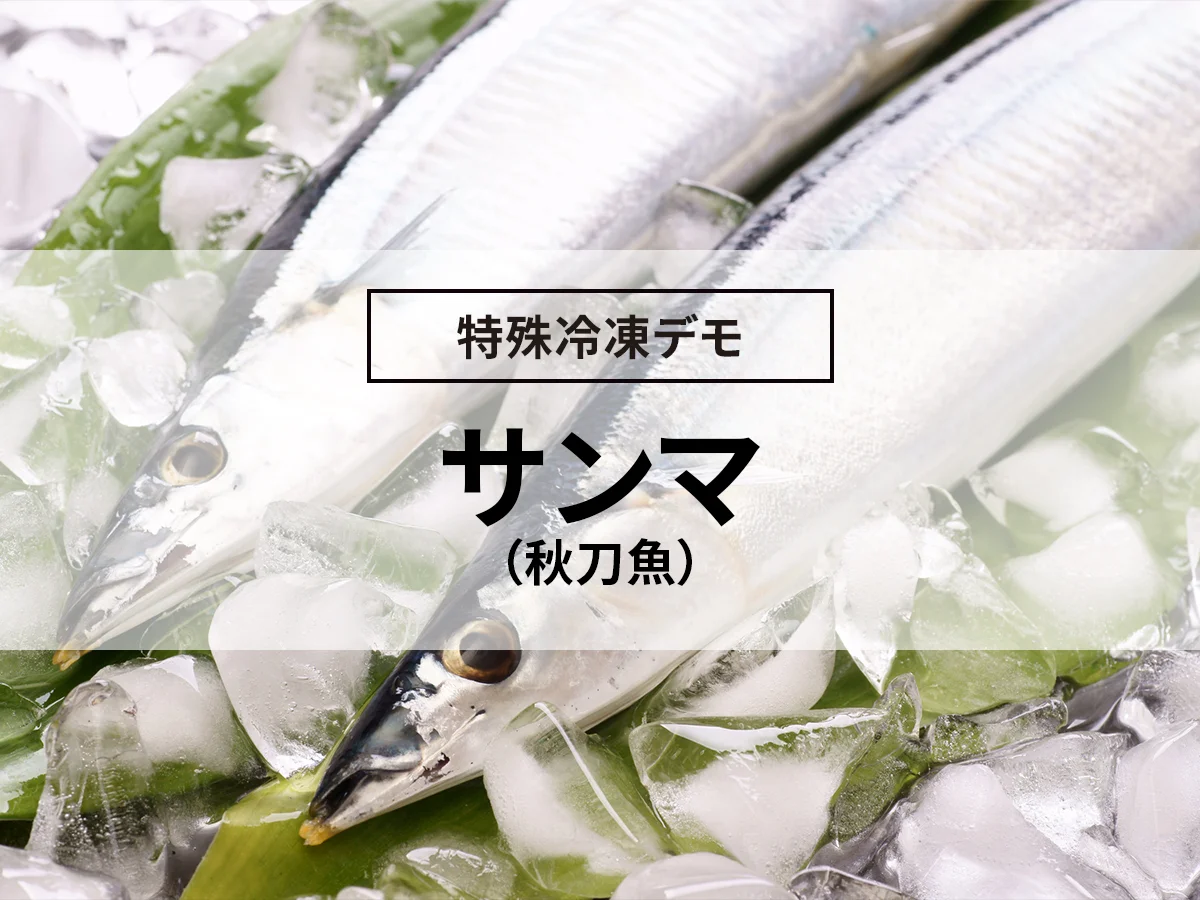
![[Safely distribute delicious fish! ] Kill Anisakis with rapid freezing technology!](https://shunkashutou.com/wp-content/uploads/2024/10/99093c5fe8b0d716c39df907616e4a96.webp)
![[Explanation with photos! ] How to freeze saury, storage period, and 5 recipes!](https://shunkashutou.com/wp-content/uploads/2023/10/fff0f92d808aca2392b3eb576f218f08.jpg)
![[Explanation with photos! ] How to freeze mackerel fillets and 5 carefully selected recipes!](https://shunkashutou.com/wp-content/uploads/2023/10/bf45f102162a8d43387d3a8d3e538034.jpg)
![[Great at sushi restaurants! ] How to increase sales by rapid freezing sushi](https://shunkashutou.com/wp-content/uploads/2016/04/0d3e7f8a3cefa0aefe0a8452e414db21.jpg)
![Introducing the method and recipe for freezing eringi mushrooms [Explanation with photos! ]](https://shunkashutou.com/wp-content/uploads/2023/08/a360f0e10b69512c896510215ae51a7f.jpg)

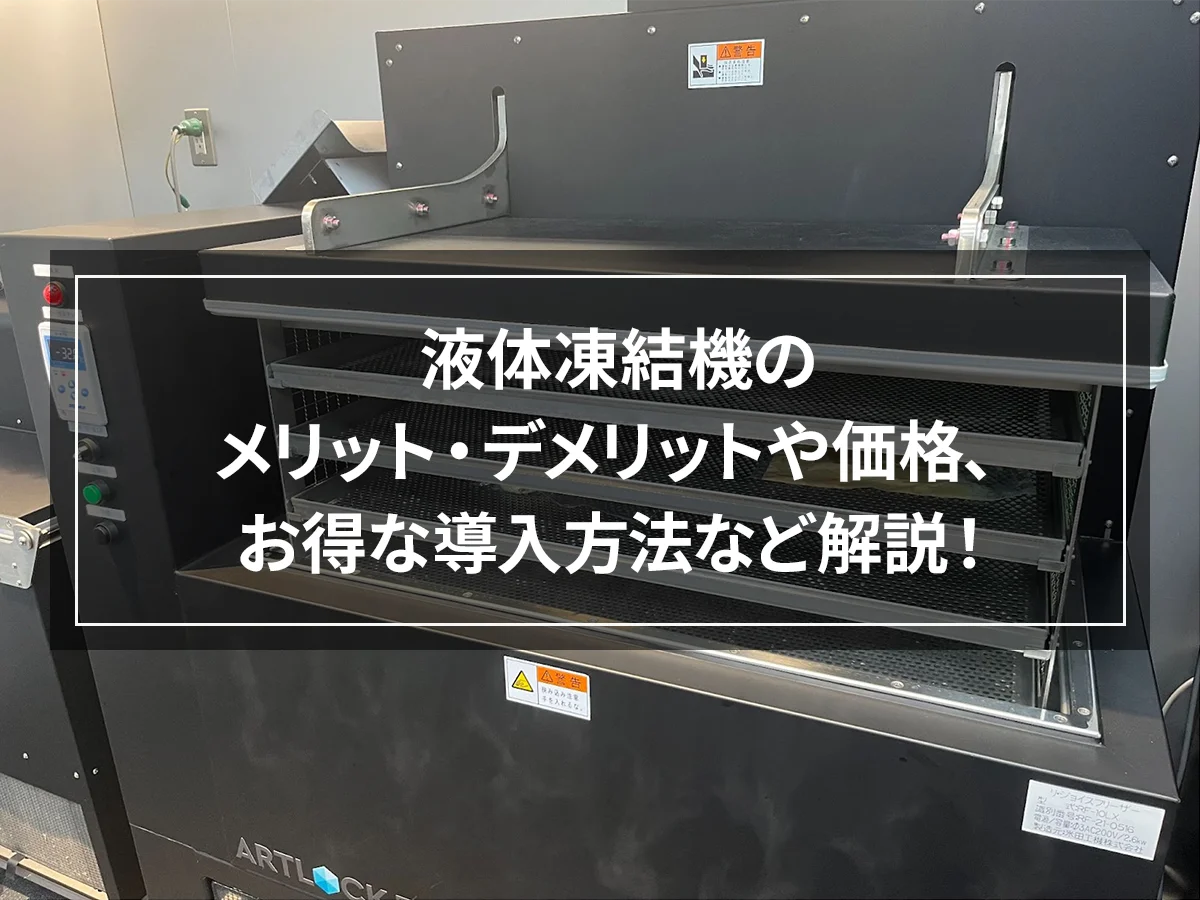

![[Wholesale] Advantages and success stories of introducing rapid freezer](https://shunkashutou.com/wp-content/uploads/2015/05/jirei_oroshi_img_01.jpg)
![[Required for food business operators] What is the reason for implementing HACCP and using rapid freezing?](https://shunkashutou.com/wp-content/uploads/2017/02/b9dcd4b8ff706013bae4aafeda989b6e.jpg)


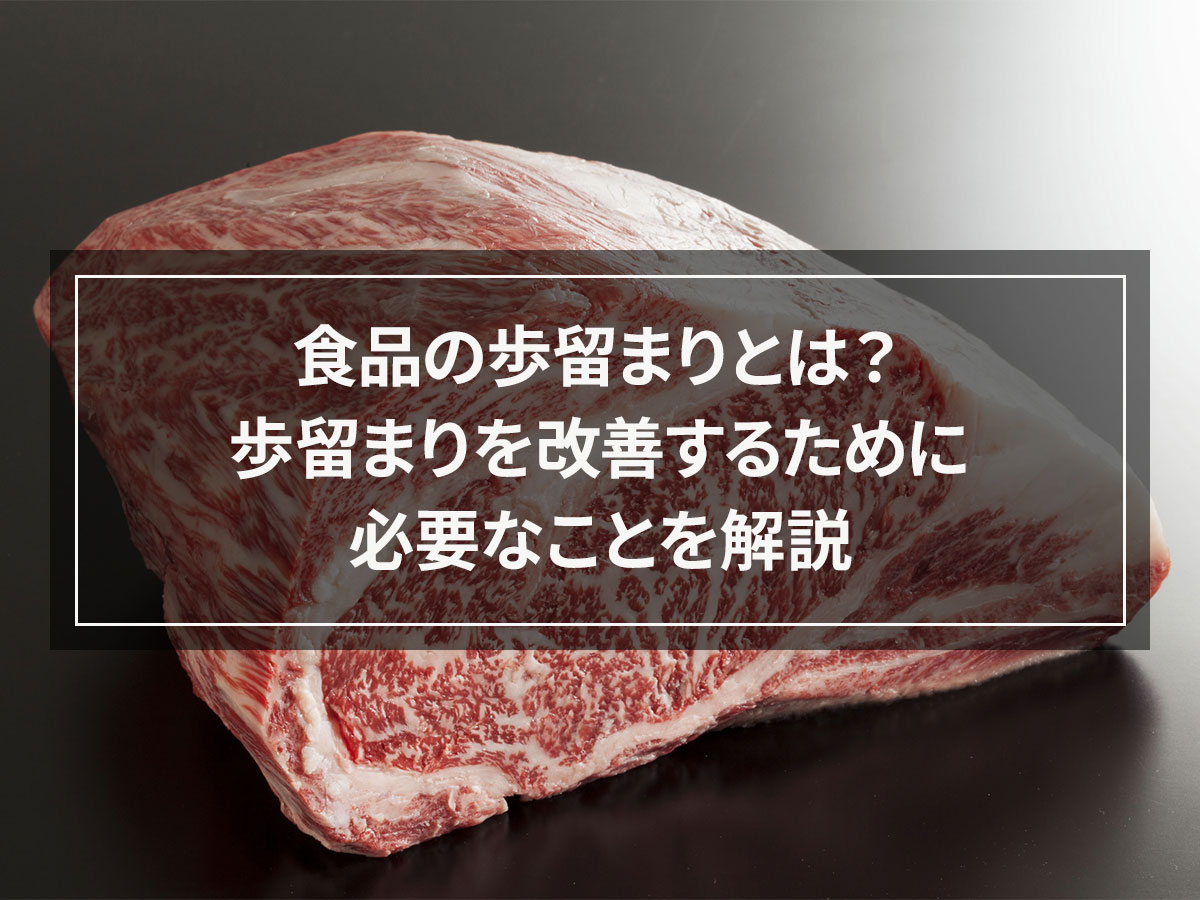
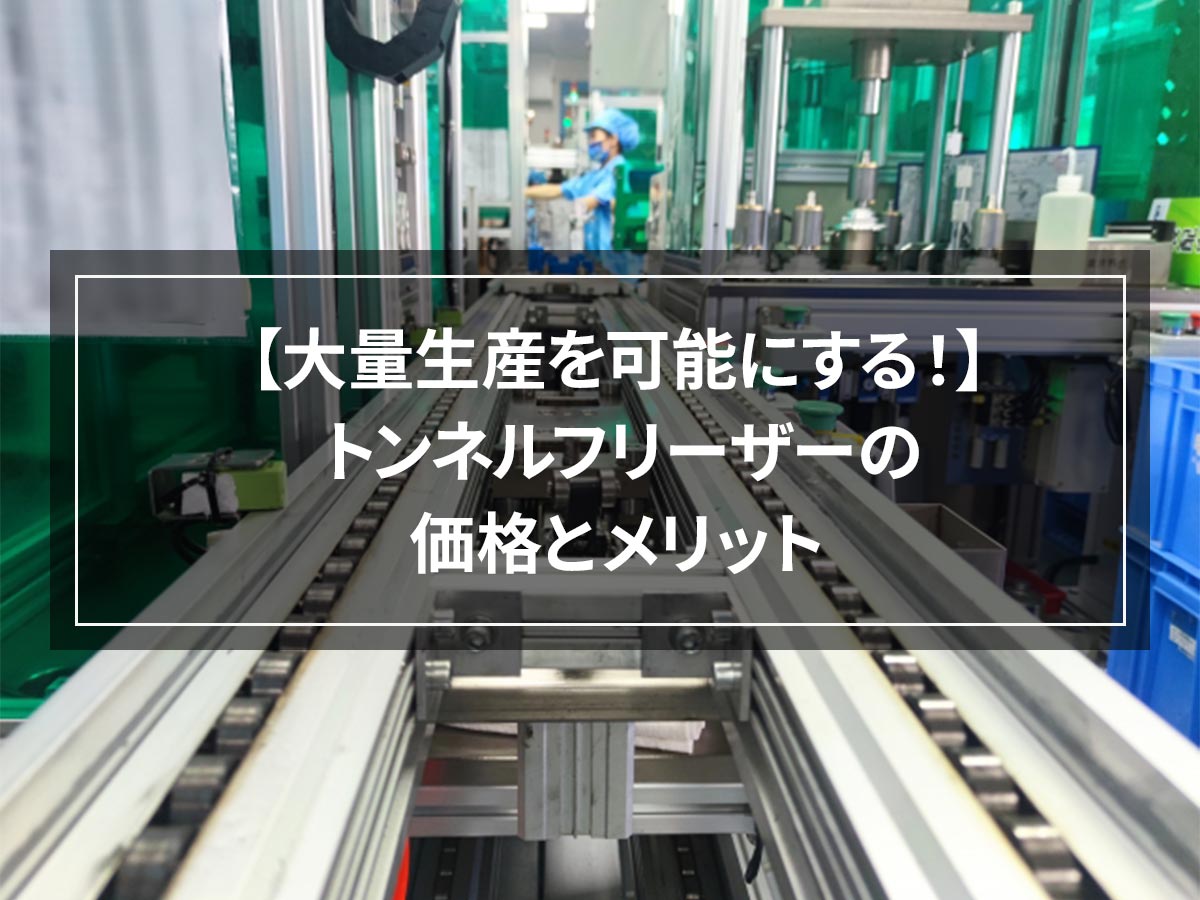
![[Freezing Neapolitan] rapid freezing demonstration](https://shunkashutou.com/wp-content/uploads/2016/09/napolitan.jpg)


![[Must-see for beginners] What's so great about rapid freezers? Easy-to-understand explanation of the mechanism and benefits!](https://shunkashutou.com/wp-content/uploads/2020/12/9abf7961bd75c2a2af6fb61767b4fdb1-1.webp)


![Types of rapid freezer and purchasing points! [Examples of failures in machine selection! ? ]](https://shunkashutou.com/wp-content/uploads/2015/04/e68b2ac878e110c2a4639a33271057d1_s-1.jpg)


![[Fisheries/Fisheries Cooperative] Advantages and success stories of introducing rapid freezer](https://shunkashutou.com/wp-content/uploads/2015/05/jirei_suisan_img_01.jpg)
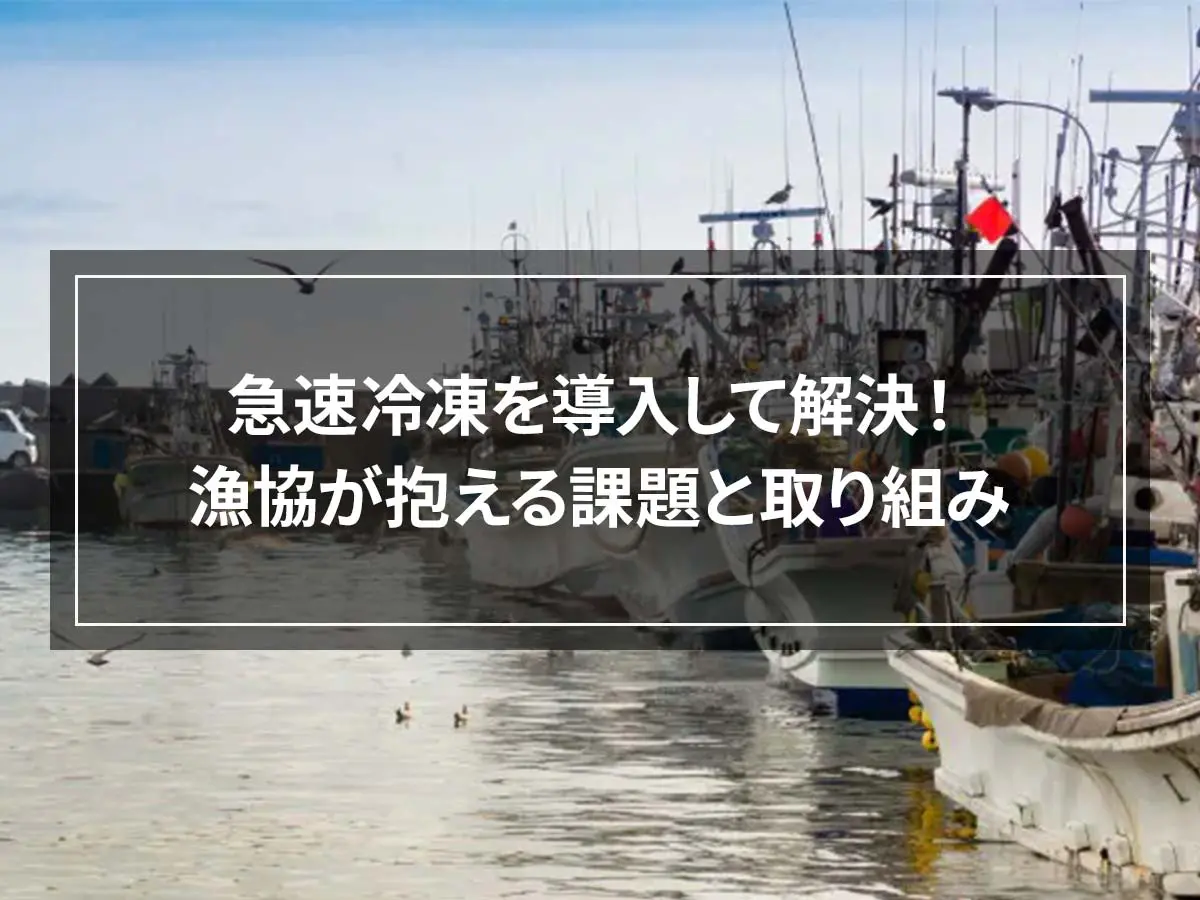
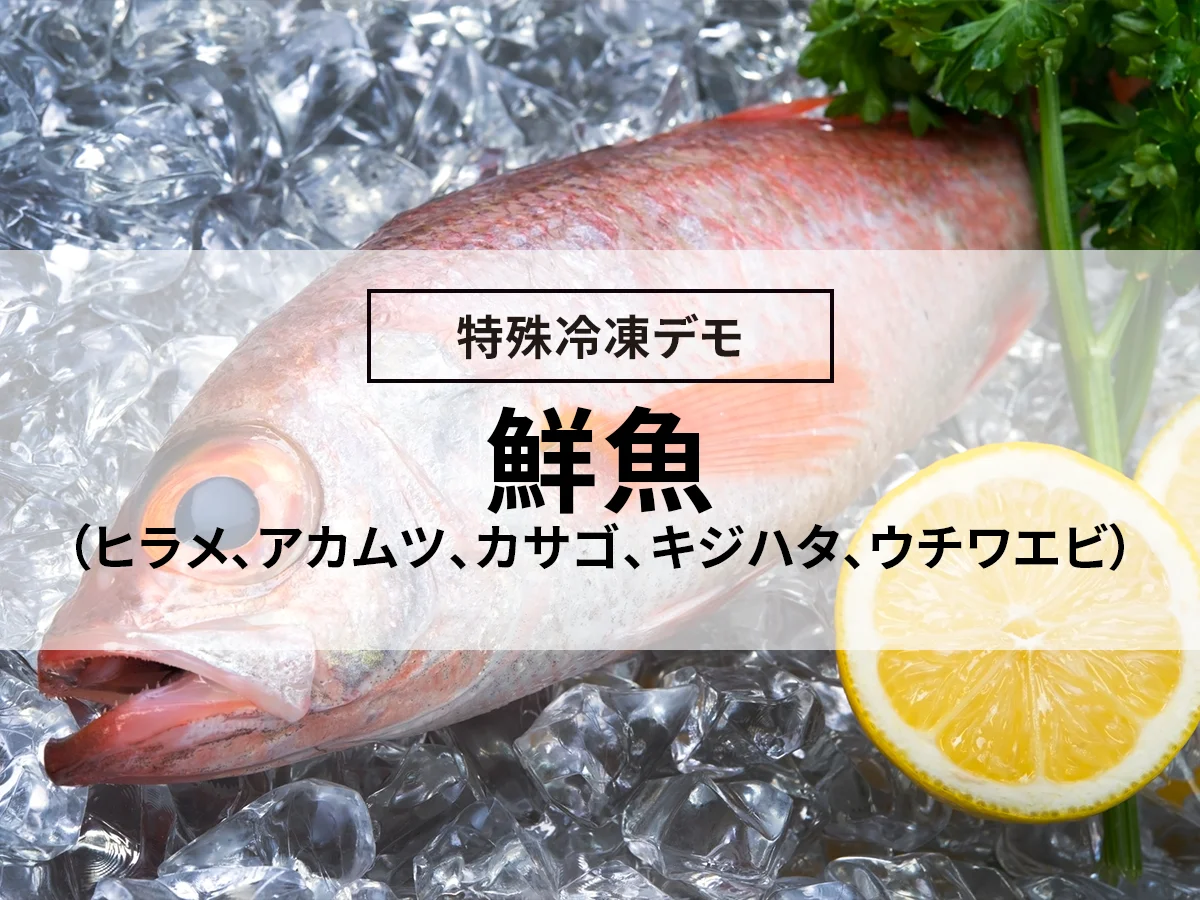
![[Includes recommendations by industry] Summary of types and benefits of small rapid freezer](https://shunkashutou.com/wp-content/uploads/2020/12/smallsize.jpg)


![[Solving issues in the retail industry] Liquid freezing machines that should be introduced in supermarkets](https://shunkashutou.com/wp-content/uploads/2024/10/60172f0f261fd750c4016165c3c56cc8.webp)

![[Must-see for bakers] 6 reasons why bakeries should use rapid freezing](https://shunkashutou.com/wp-content/uploads/2021/02/f92a102c9d3cc8c63dc7e509ce6d35d2.jpg)


![[Explanation with photos] Freezing and storage period of yellowtail fillets, carefully selected recipes!](https://shunkashutou.com/wp-content/uploads/2023/08/2613b1c938d382e3afc17125432167f0-1.jpg)
![[Rapid freezers in 2021] Market Trends and Customer Success Stories](https://shunkashutou.com/wp-content/uploads/2020/12/7F9A9CB9-A494-4E6A-946E-079279C596E6.jpeg)

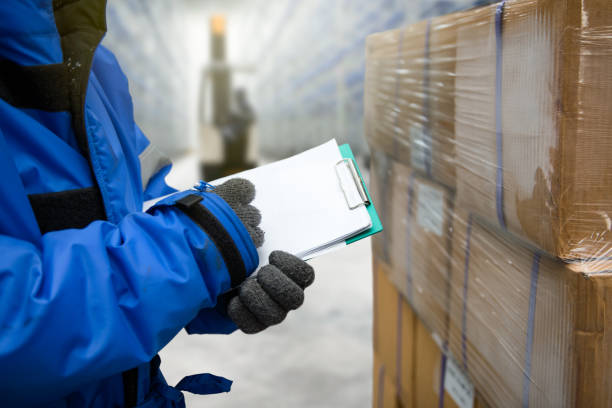


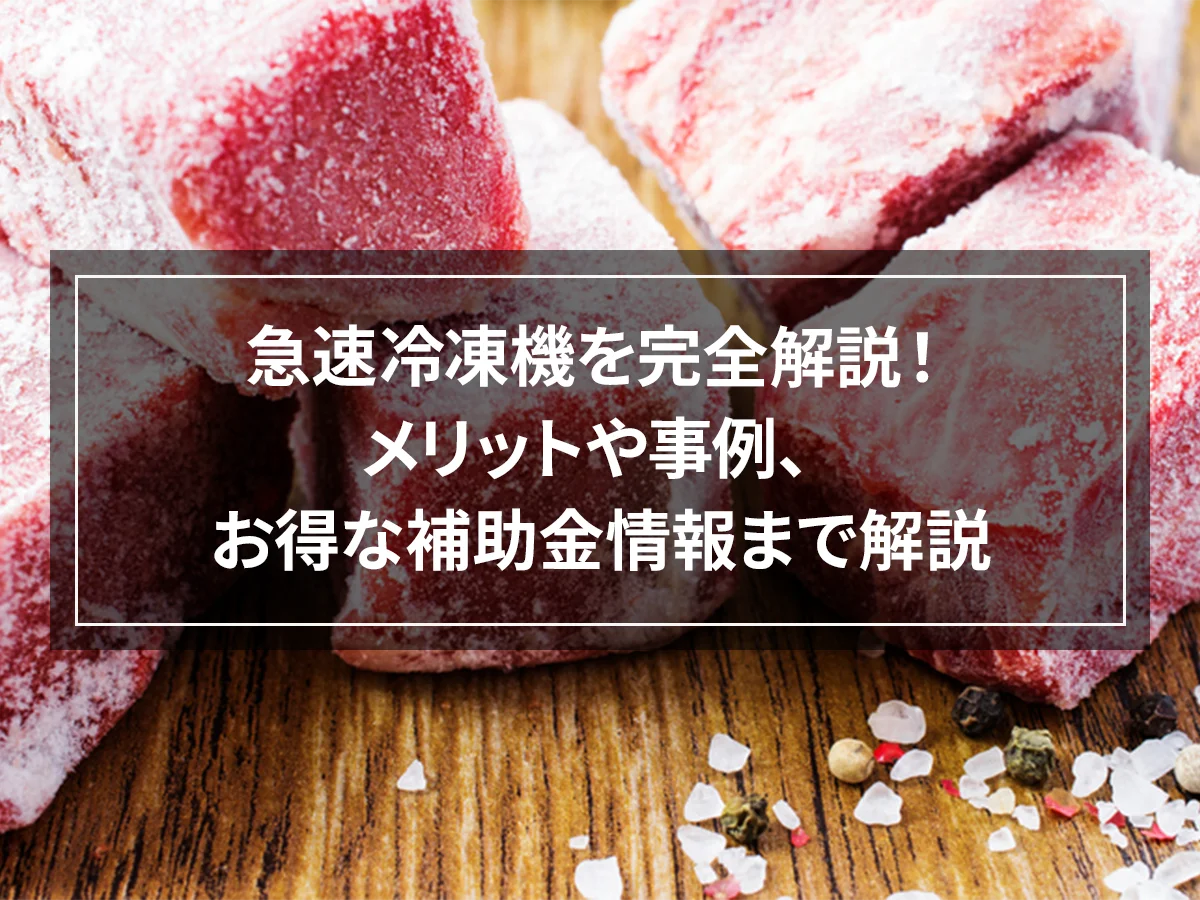

![[Deliver delicious ham! ] Meat processing manufacturer’s rapid freezing implementation example](https://shunkashutou.com/wp-content/uploads/2024/09/0825c4a97ac8495fd2408a91574cede6.webp)



![[Easy thawing method] Low temperature thawing to lock in the deliciousness of meat](https://shunkashutou.com/wp-content/uploads/2024/08/899e71a518bbd73569bf085ff0accd61.webp)

